Amazon Fire Phone: is it just a shopping device?
Experts praise 3-D display of Amazon's Fire smartphone, but worry it may just be a mobile cash register for Amazon.com
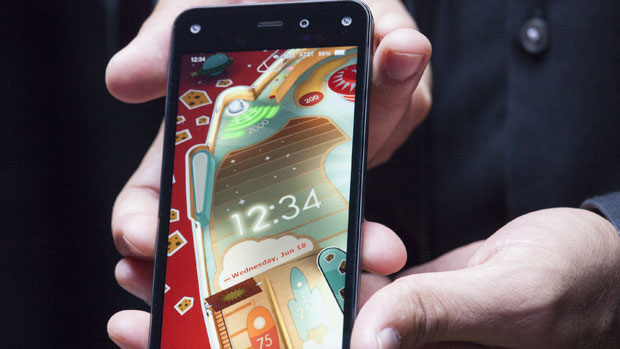
Any company planning to challenge Apple and Samsung's dominance of the premium smartphone market will need a device that captures the public imagination – or very deep pockets. Amazon may just have both.
Last night the online retailer unveiled its "game-changing" Amazon Fire Phone. The handset has an unusual 3-D visual interface and software that allows users to point their phone at objects or listen to songs and instantly buy them from the Amazon store.
But will it convince smartphone owners to switch allegiance? Here is what experts think of the new phone's main features.
The Week
Escape your echo chamber. Get the facts behind the news, plus analysis from multiple perspectives.

Sign up for The Week's Free Newsletters
From our morning news briefing to a weekly Good News Newsletter, get the best of The Week delivered directly to your inbox.
From our morning news briefing to a weekly Good News Newsletter, get the best of The Week delivered directly to your inbox.
3-D effect
The Amazon Fire Phone's 3-D screen lets users change the perspective of an image by moving their heads rather than moving the device. The device does this with four face-tracking cameras that adjust the image according to the angle from which the phone is being viewed.
Richard Windsor from the RadioFreeMobile consultancy told The Guardian that many companies have experimented with similar visual effects in the past and failed. "This kind of active tracking of the user and adjusting the picture will be processor intensive," he says. "This means that battery life will be worse than competing devices
"The leader in developing this technology was Toshiba but it has recently given up developing the technology after failing to get it to work to a level that was considered acceptable … Amazon is right to differentiate its device, but it needs to do so in its [app] ecosystem not in hardware gimmicks."
A free daily email with the biggest news stories of the day – and the best features from TheWeek.com
CNET disagrees, noting that Amazon's implementation of 3-D seems to be much better than the competition, but even so, it still looks like it might be little more than "gimmicky eye candy". Still, the screens do "look fantastic", CNET says.
Tilt controls
The phone's "camera-assisted interface" and 3-D display also allow users to interact with the phone in new ways. One innovation is the Fire Phone's tilt-to-scroll feature where users can shift the orientation of their phone to move through menus or scroll down a page.
CNET is not sure that the feature will be of much use. "We aren't sold on the need for aggressively tilting the phone away to read deeper into context menus, especially when you could swipe your finger just as easily".
But Wired's Tim Moynihan says that the phone's success may actually hinge on whether third-party developers embrace the handset's new display and functions: "In the best case scenario, this phone spurs a wave of apps that make good use of 3-D effects and hands-free navigation.
If it’s a true development breakthrough and not just a gimmick, people will want those apps. And they’ll need this phone to run them (for the time being, at least)."
Inbuilt cash register?
The Amazon phone's inbuilt Firefly software is a scanning app that connects the phone's camera and speakers to a huge database of items and songs. With the app, users will instantly be able to buy music or objects that they encounter in their daily lives – all from the Amazon store, of course.
According to Quartz, Amazon CEO Jeff Bezos has made one thing very abundantly clear: "This is a shopping device".
Bloomberg's Olivia Sterns agrees, saying the device is "essentially a mobile cash register for Amazon.com". If it does work, though, the simplicity of shopping from the device "could become a big headache for competitors", says Business Insider's Ashley Lutz.
But the Amazon Fire has a lot of work to do if it is to be a success. The Wall Street Journal's Brian FitzGerald notes that the premium pricing "positions the Fire Phone as a high-end device right up there with the flagship phones from Samsung and Apple".
He concludes: "Maybe the 3-D makes it worth it, but I’d be surprised if people switch allegiances based just on that."
Amazon 3D smartphone: what we can expect tonight
18 June
Amazon is expected to unveil a '3D' smartphone to rival Apple and Samsung this evening, in one of the most eagerly awaited phone launches in years.
A teaser video released two weeks ago shows users (or possibly actors) trying out a device – but crops out the thing itself. "It moved with me!" exclaims one beaming punter, while another is impressed by how "intuitive" whatever he is using is.
Some observers have suggested that Amazon may have built up excessive expectations that it will now struggle to satisfy. Here's what we know so far about the new device:
What is Amazon launching?
According to Gizmodo, among others, Amazon has developed a smartphone which uses cameras and sensors to monitor the position of a user's head and eyes to provide a '3D' effect. In other respects, the phone seems to be pretty normal – Bloomberg expects it to run Android, while Gizmodo says it will have a "standard" Snapdragon processor, 2GB of RAM and a 4.7inch, 720p display.
What will the Amazon smartphone look like?
"Leaked photos and details suggest that the forthcoming smartphone will have a holographic 3D interface, powered by four infrared cameras, situated in each of the four corners on the face of the phone," the Daily Telegraph reports. Images posted online by tech news website BGR show an understated black handset that resembles a cross between an iPhone 4 and iPhone 5C.
In what way is the phone '3D'?
Nobody is certain, but Time predicts that by tracking its own orientation and its user's head position, the phone will "let users tilt certain icons and menu items within reach". If the phone can tell what angle a user's head is at, it may help make the most of a small screen by letting them 'peek' towards options they want. The Telegraph says the phone's four front-facing cameras will "track the position of the user's face and eyes in relation to the phone’s display, allowing Amazon’s software to make constant adjustments to the positioning of elements on the screen".
Since when has Amazon made hardware?
Since 2007, when it released its first Kindle e-reader, Amazon has developed Kindle Fire tablets and Fire TV, a $99 TV box for watching digitally delivered shows and movies, which has not yet been released outside the US. Its emphasis has previously been on producing a basic, good-value product.
Is it easy to sell a new smartphone?
The market is incredibly competitive. According to Bloomberg, it grew 21 per cent last year to $338.3bn. It is dominated by just two firms: in the first quarter of this year, Samsung had a 31 per cent market share, by shipments, with Apple taking another 15 per cent.
So does Amazon stand a chance against Apple and Samsung?
Despite their stranglehold on the market, yes it does. Amazon's remarkable advantage is that it doesn't need to make a profit on the devices. For Bloomberg, Adam Satriano says: "Getting into [smartphones] is just a new way for Amazon to sell all the other sorts of content...
"They're not like Apple where they're looking to get 30 or 40 per cent margins on the sale of the devices. Jeff Bezos has shown that he'll sell these at, essentially, cost – and then look to make money on the sale of music and movies."
-
 Farage’s £9m windfall: will it smooth his path to power?
Farage’s £9m windfall: will it smooth his path to power?In Depth The record donation has come amidst rumours of collaboration with the Conservatives and allegations of racism in Farage's school days
-
 The issue dividing Israel: ultra-Orthodox draft dodgers
The issue dividing Israel: ultra-Orthodox draft dodgersIn the Spotlight A new bill has solidified the community’s ‘draft evasion’ stance, with this issue becoming the country’s ‘greatest internal security threat’
-
 Sudoku hard: December 13, 2025
Sudoku hard: December 13, 2025The daily hard sudoku puzzle from The Week
-
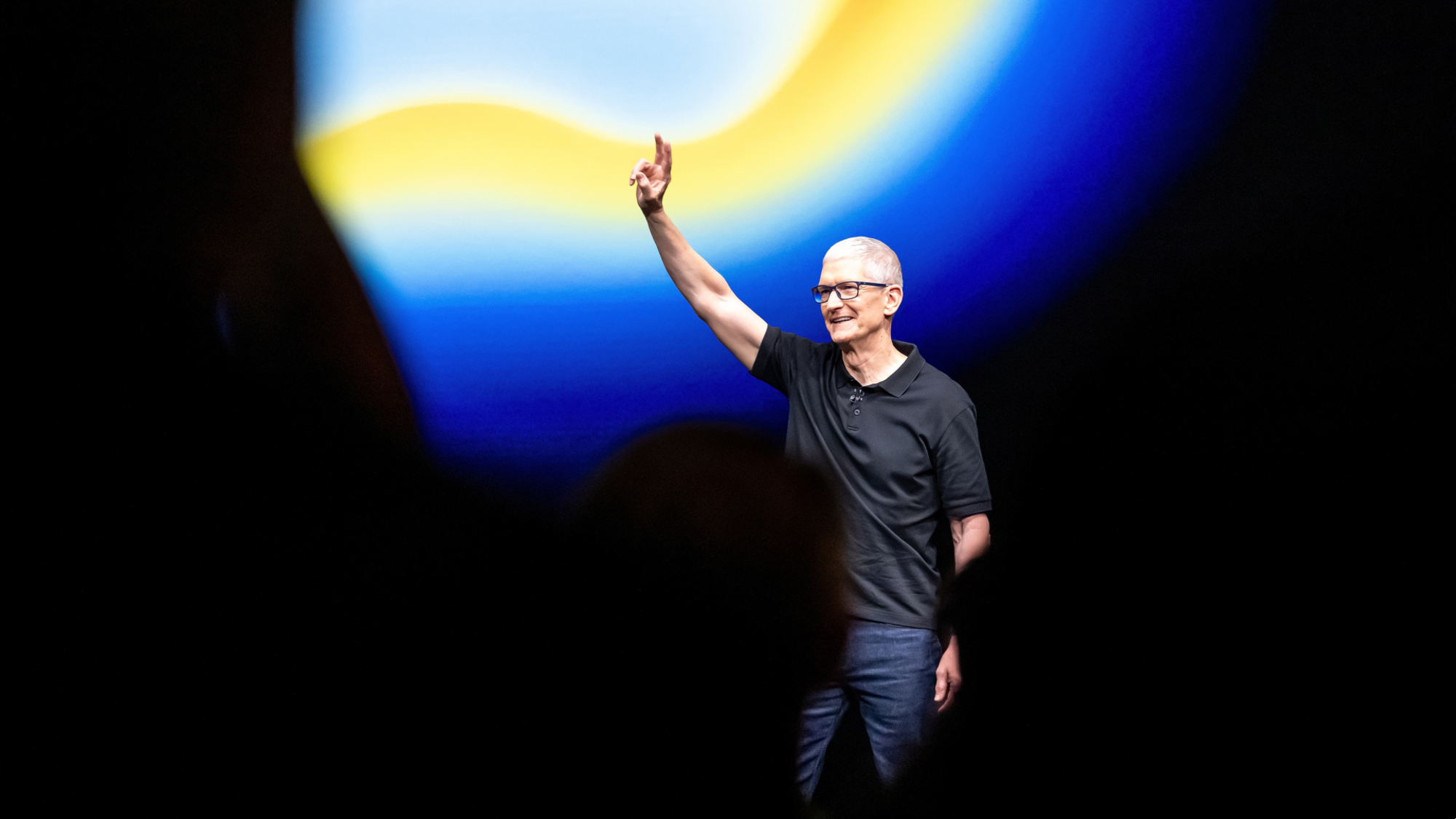 Is Apple’s Tim Cook about to retire?
Is Apple’s Tim Cook about to retire?Today's Big Question A departure could come early next year
-
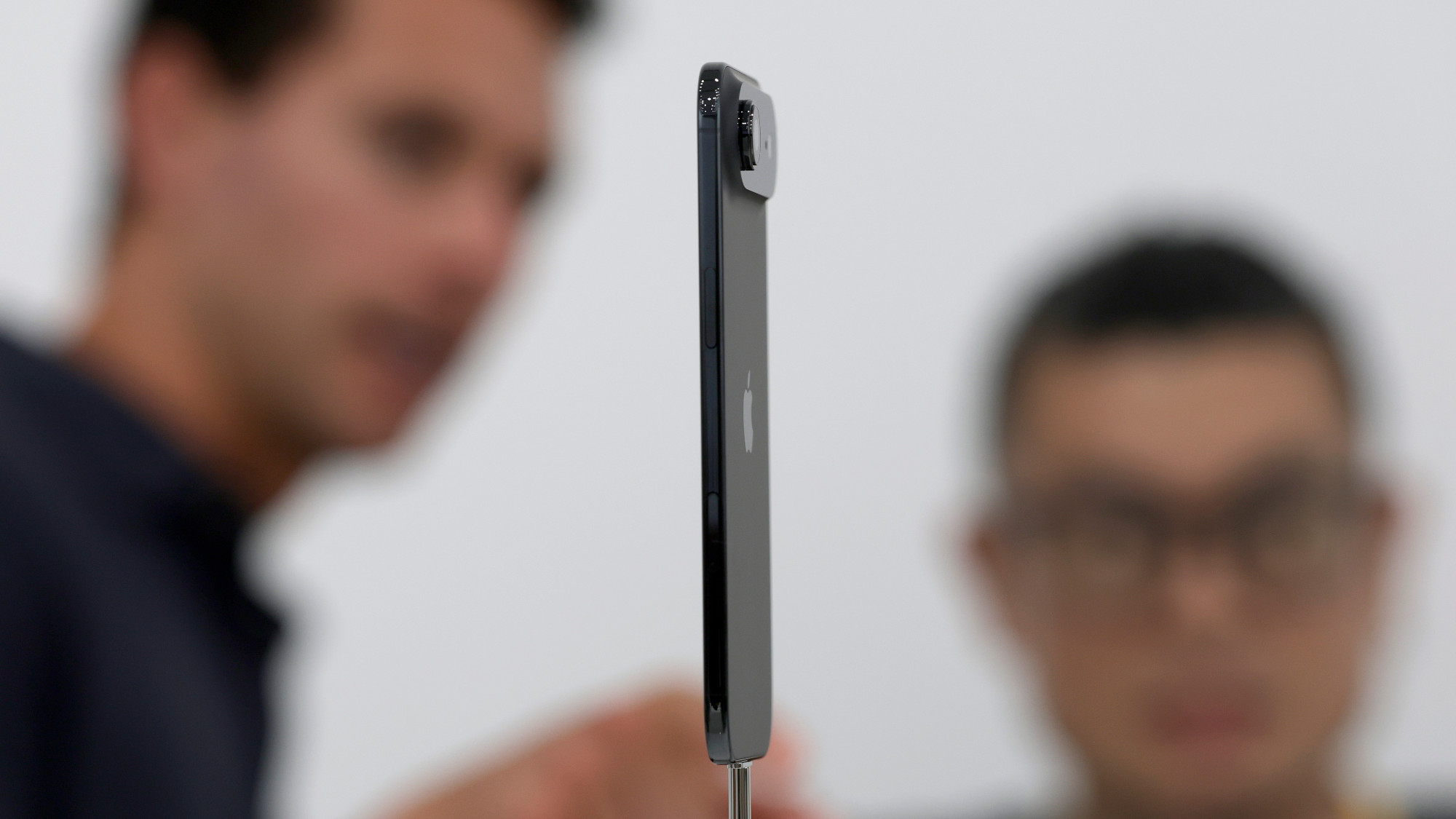 iPhone Air: Thinness comes at a high price
iPhone Air: Thinness comes at a high priceFeature Apple’s new iPhone is its thinnest yet but is it worth the higher price and weaker battery life?
-
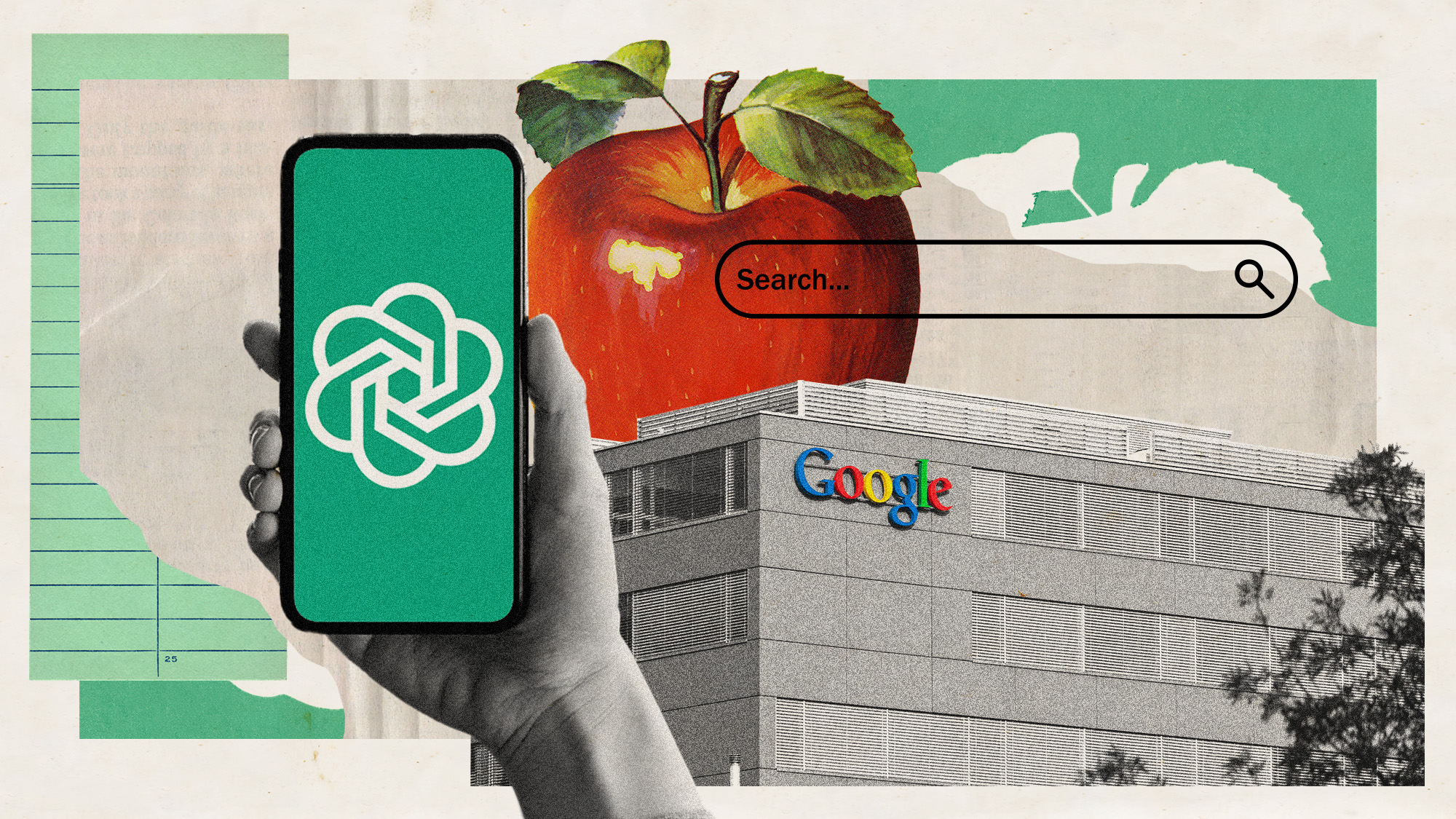 Is Apple breaking up with Google?
Is Apple breaking up with Google?Today's Big Question Google is the default search engine in the Safari browser. The emergence of artificial intelligence could change that.
-
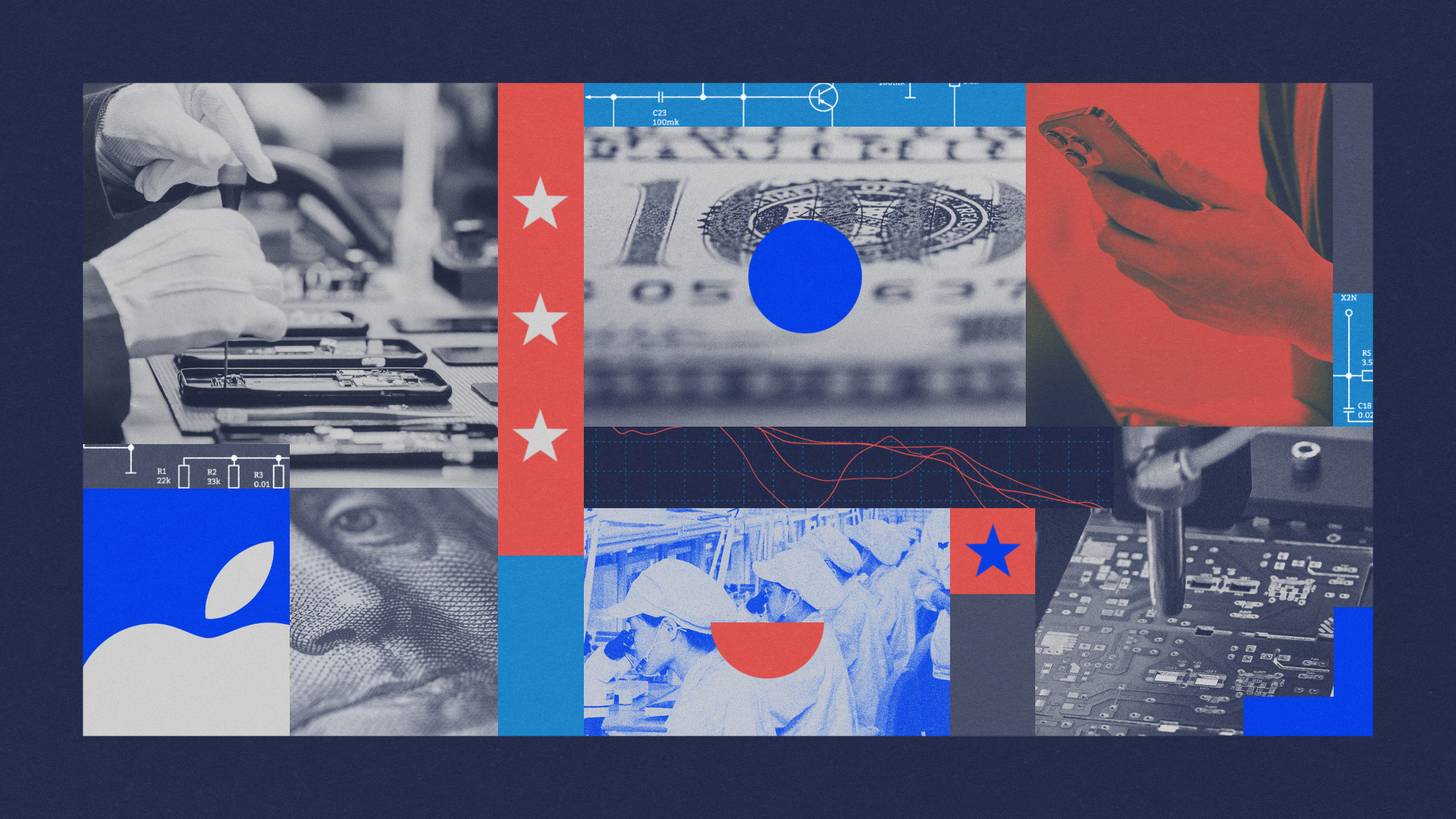 Why won't Apple make iPhones in America?
Why won't Apple make iPhones in America?Today's Big Question Trump offers a reprieve on tariffs, for now
-
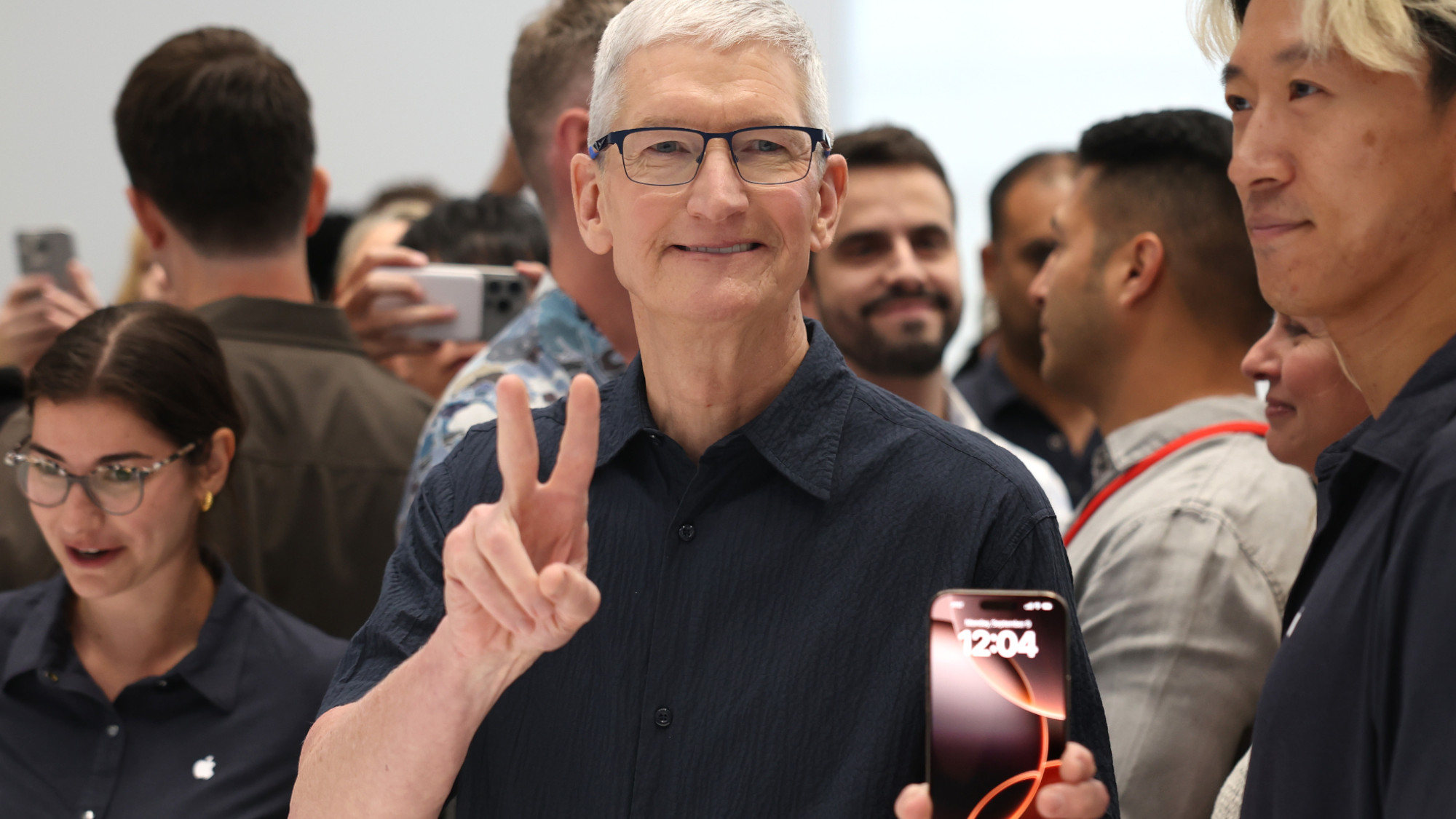 Not there yet: The frustrations of the pocket AI
Not there yet: The frustrations of the pocket AIFeature Apple rushes to roll out its ‘Apple Intelligence’ features but fails to deliver on promises
-
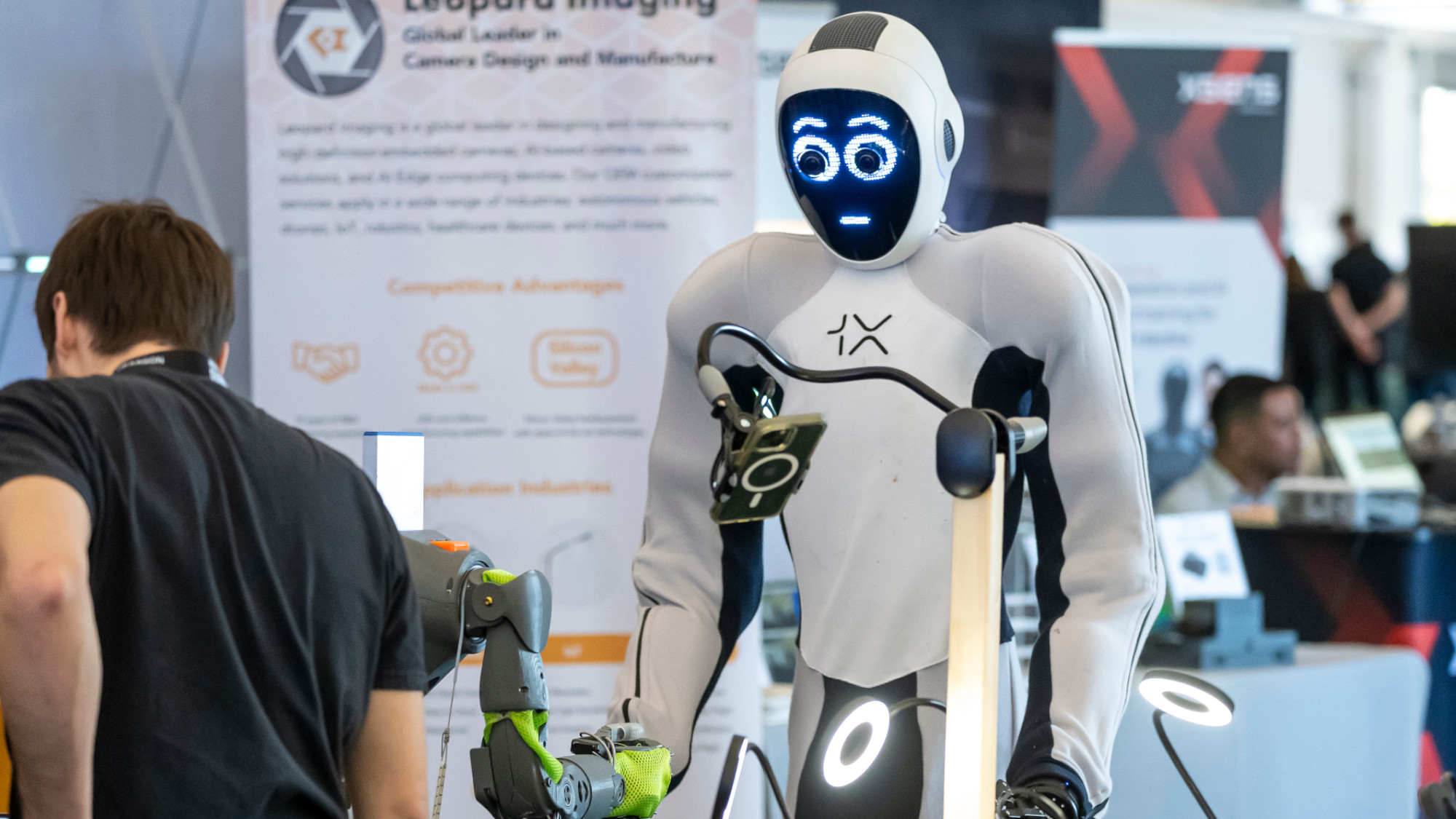 Space-age living: The race for robot servants
Space-age living: The race for robot servantsFeature Meta and Apple compete to bring humanoid robots to market
-
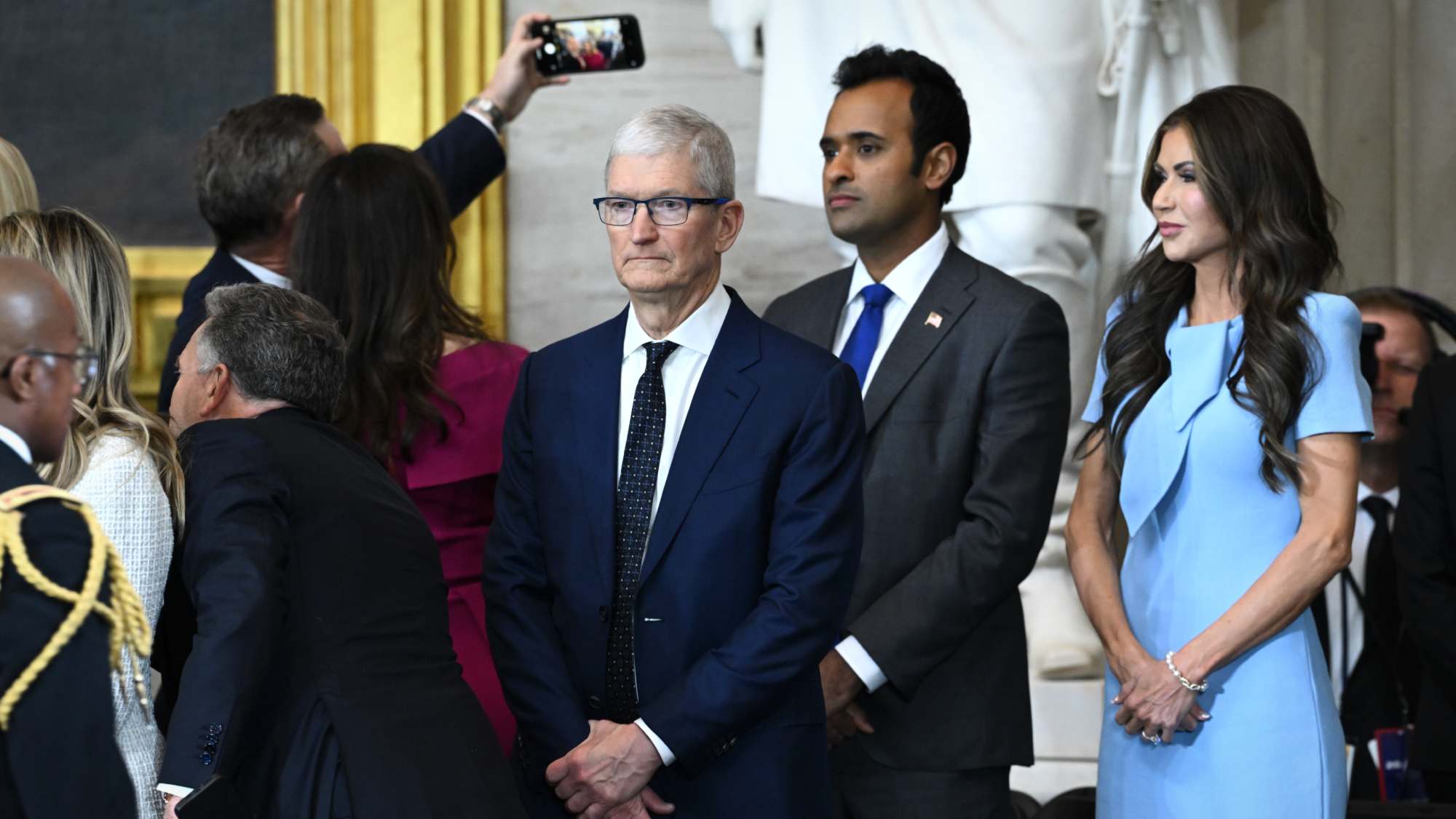 Apple pledges $500B in US spending over 4 years
Apple pledges $500B in US spending over 4 yearsSpeed Read This is a win for Trump, who has pushed to move manufacturing back to the US
-
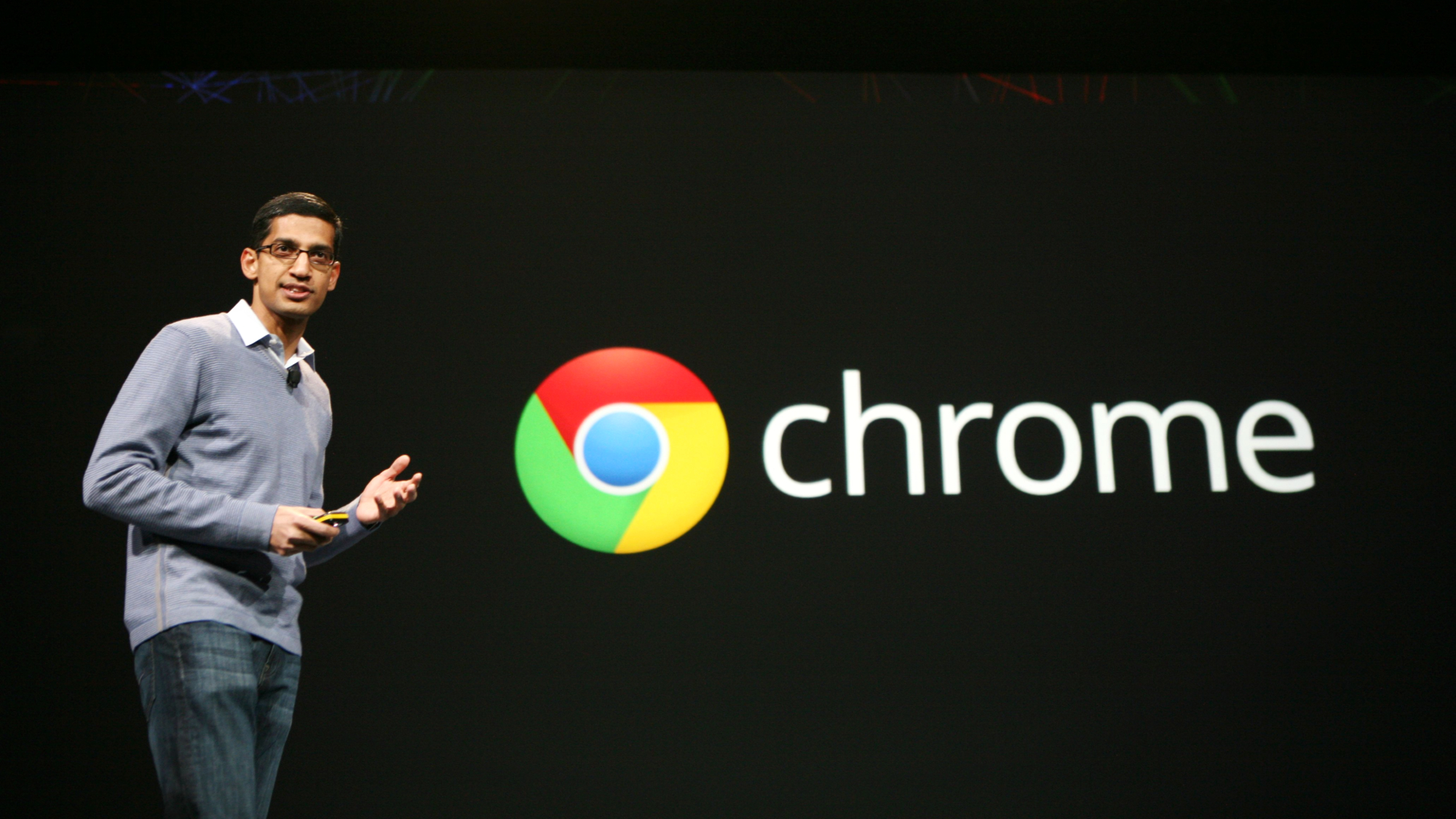 DOJ seeks breakup of Google, Chrome
DOJ seeks breakup of Google, ChromeSpeed Read The Justice Department aims to force Google to sell off Chrome and make other changes to rectify its illegal search monopoly